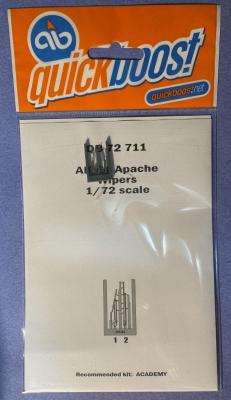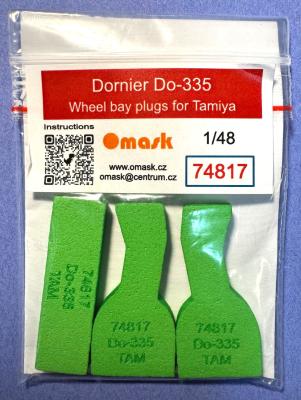Fresh from the Review Corps gathering at the 2025 IPMS-USA Nationals comes this 1/72 scale wiper blade set for the AH-64 Apache from the folks at Quickboost. The wipers are intended for use with the Academy kit and will replace parts A6 and B51. For this review, I used my Hasegawa kit (product E6, AH-64 Apache Longbow) to show that they can also be used to upgrade a kit without wipers included. These parts are highly recommended for improving the detail on your 1/72 scale AH-64 Apache.
Quickboost has been around for several years producing detail parts and replacement parts for various models. While researching the set for this review, it appeared that at the time of my writing, this set was yet to be released. The price provided is my best guess based on similar products from the company, but this may vary slightly when released.











